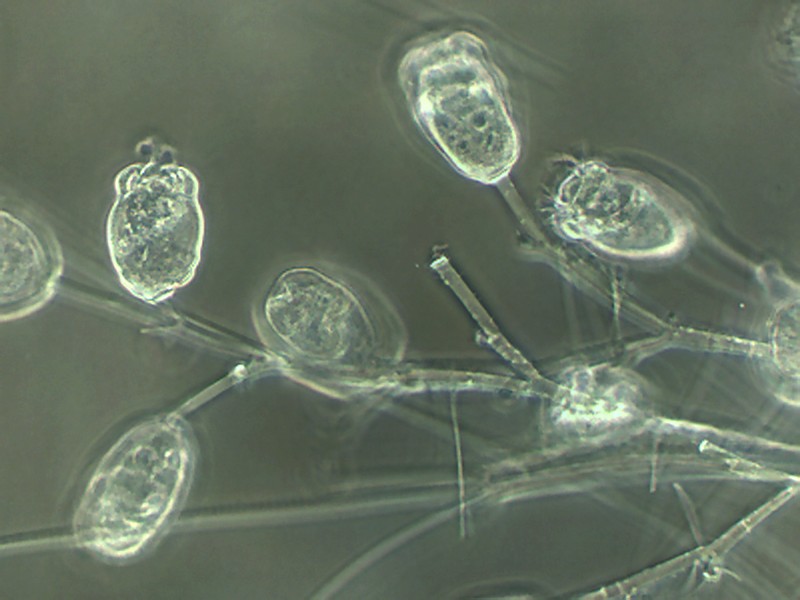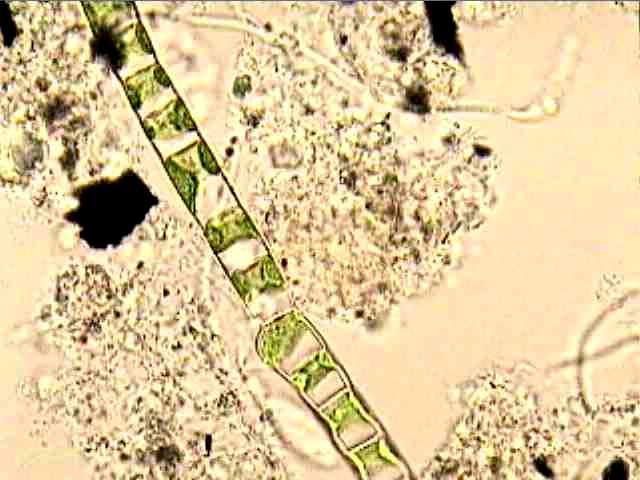Home
COMPANY STATEMENT
PRODUCTS
ODOR CONTROL
WATER BODIES, LEACHETE
ODOR RAPTOR
Effluent BOD & TSS
Sludge Digester
Fat, Oil Grease & Petroleum
Fog Digester
Nitrification/Denitrification
Nitrification
Nitrification Plus
Denitrification
Nitroremove
Nitrification & Denitrification
Nitrocycle
Digester Performance
Aerobic
Anaerobic Synergy
Bulking, Settling & Dewaterability
Filament Terminator
Ecodigester
Cold Weather Performance
Wintersun
Industrial Wastewater
Biostimulant ECO
Lagoons Lakes & Ponds
Nitrocycle
Sludge Digester
Lab Analysis & Consulting
Customized Solutions
Contact
COMPANY STATEMENT
PRODUCTS
ODOR CONTROL
WATER BODIES, LEACHETE
ODOR RAPTOR
Effluent BOD & TSS
Sludge Digester
Fat, Oil Grease & Petroleum
Fog Digester
Nitrification/Denitrification
Nitrification
Nitrification Plus
Denitrification
Nitroremove
Nitrification & Denitrification
Nitrocycle
Digester Performance
Aerobic
Anaerobic Synergy
Bulking, Settling & Dewaterability
Filament Terminator
Ecodigester
Cold Weather Performance
Wintersun
Industrial Wastewater
Biostimulant ECO
Lagoons Lakes & Ponds
Nitrocycle
Sludge Digester
Lab Analysis & Consulting
Customized Solutions
Contact
- Home
- COMPANY STATEMENT
- PRODUCTS
- Lab Analysis & Consulting
- Customized Solutions
- Contact







